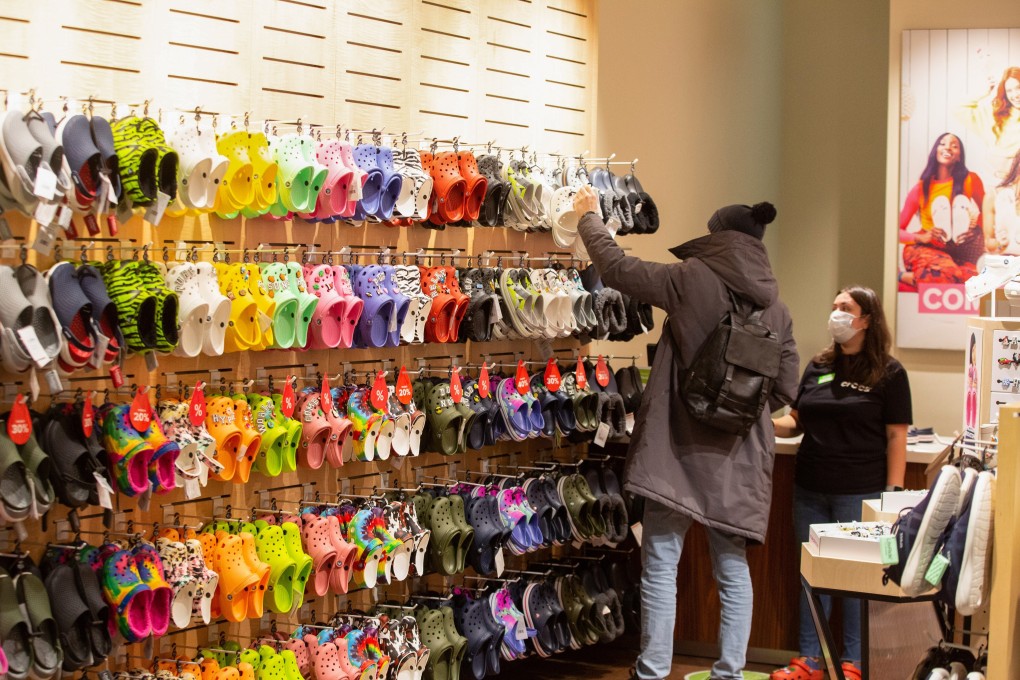How Justin Bieber, Post Malone and Covid-19 gave Crocs a 2020 to remember
- Crocs has had a startlingly good year, benefiting from a pandemic-inspired emphasis on comfort, shrewd collaborations and a shifting paradigm of cool
- Younger generations are responding less to traditional notions of beauty, instead turning to social-media-led looks that are casual and often silly

In late October, Crocs, the shoe brand known for its lightweight and bulbous clogs, reported its quarterly earnings. It was a stark contrast to many other fashion brands hobbled by the ongoing pandemic.
With revenue of US$361.7 million, an increase of 15.7 per cent over last year – blowing past Wall Street predictions – Crocs had reason to celebrate. The brand was also riding high on a string of well-publicised collaborations with well-known food brands and musicians including Justin Bieber and Bad Bunny.
It has been an immensely strange year but few could predict that Crocs, once looked down upon by the fashion cognoscenti, would experience such a high-profile ascent. “We can’t believe it either,” read a headline from GQ magazine. “Crocs are cool now.”
That sentiment – of surprise, of slack-jawed wonder – has been echoed widely by the media in outlets ranging from Slate and The Wall Street Journal to the street wear website Highsnobiety.

However, if you take a step back, there is perhaps no better item than Crocs to encapsulate the transitionary period the fashion industry finds itself in. Cumbersome and unwieldy, Crocs sit at the overlap of a few cresting movements: the pandemic-inspired emphasis on comfort, the obsession with making unattractive things covetable, and the way the internet has made style less about looking good and more about irony and humour.